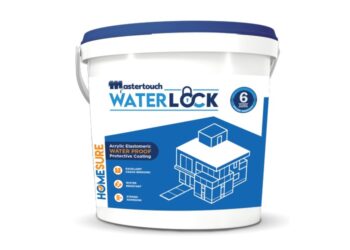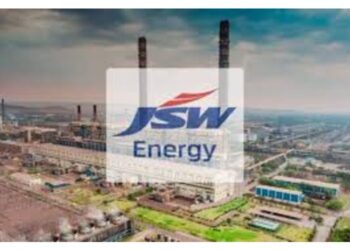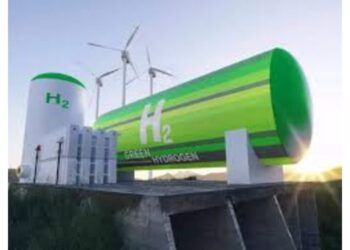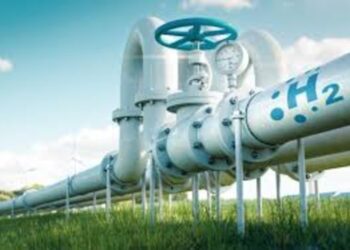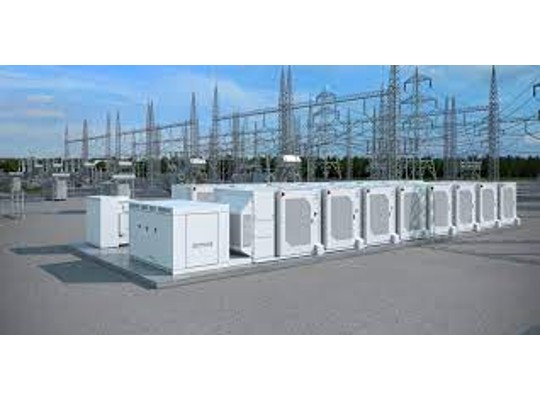The Ministry of New and Renewable Energy (MNRE) has allocated Rs 44.4 billion to encourage the production of electrolysers, aiming to lower expenses for hydrogen generation under the National Green Hydrogen Mission (NGHM). The NGHM has earmarked Rs 197.44 billion until 2029-30. It aims to foster the establishment of a green hydrogen production capacity of 5 million tons annually. This endeavor anticipates an investment exceeding Rs 8 trillion and the generation of more than 600,000 job opportunities by 2030. The incentives aimed at boosting domestic manufacturing, as part of the Strategic Interventions for Green Hydrogen Transition (SIGHT) programme, component I (incentive scheme for electrolyser manufacturing tranche II), will be effective from the fiscal year 2025-26 to 2029-30.
The programme’s objective is to enhance the global competitiveness of domestically produced electrolysers by improving their performance and quality, as well as expanding their supply chains. It also aims to provide assistance to both established and emerging electrolyser technologies. The incentive initiative will be executed by the Solar Energy Corporation of India (SECI) as the nodal agency. SECI will oversee a competitive bidding procedure to choose manufacturers, considering factors such as the annual specific energy consumption (SEC) of the electrolysers manufactured over the five-year duration, set targets for local value addition (LVA), and a performance-based incentive framework. The incentives follow a decreasing format, beginning with a base incentive of Rs 4,440 per kW in the initial year and diminishing progressively over the course of five years. Payments to manufacturers will be determined by performance multipliers tied to the achieved SEC and the level of DVA achieved. The regulations specify that the SEC for hydrogen production must not surpass 56 kWh per kilogram, measured at full rated capacity on the DC side of the stack, with a demonstration necessary before electrolyser commissioning. Furthermore, the electrolyser must ensure a minimum lifespan of 60,000 hours, and there should be a LVA of at least 40 per cent for alkaline electrolysers and 30 per cent for other technologies during the initial year of manufacture.
As part of its effort to support domestic stack technologies, the programme also establishes distinct capacity buckets for various types of electrolyser manufacturing. These include the established bucket 1 with a capacity of 1,100 MW, the domestically developed bucket 2A with a capacity of 300 MW, and the smaller domestic bucket 2B with a capacity of 100 MW. However, to maintain a balanced scale, no single bidder can be assigned more than 300 MW across different tranches of this programme. The manufacturer, whether a single entity or a joint venture, must demonstrate a net worth exceeding 10 million per MW of quoted capacity for the preceding fiscal year for bucket 1, and 3 million for bucket 2, in order to participate in the bidding process. In the second tranche, there is a total bidding capacity of 1,500 MW, with minimum bid sizes set at 100 MW for both bucket 1 and 2A while bids can vary between 10 MW and 30 MW for bucket 2B.



